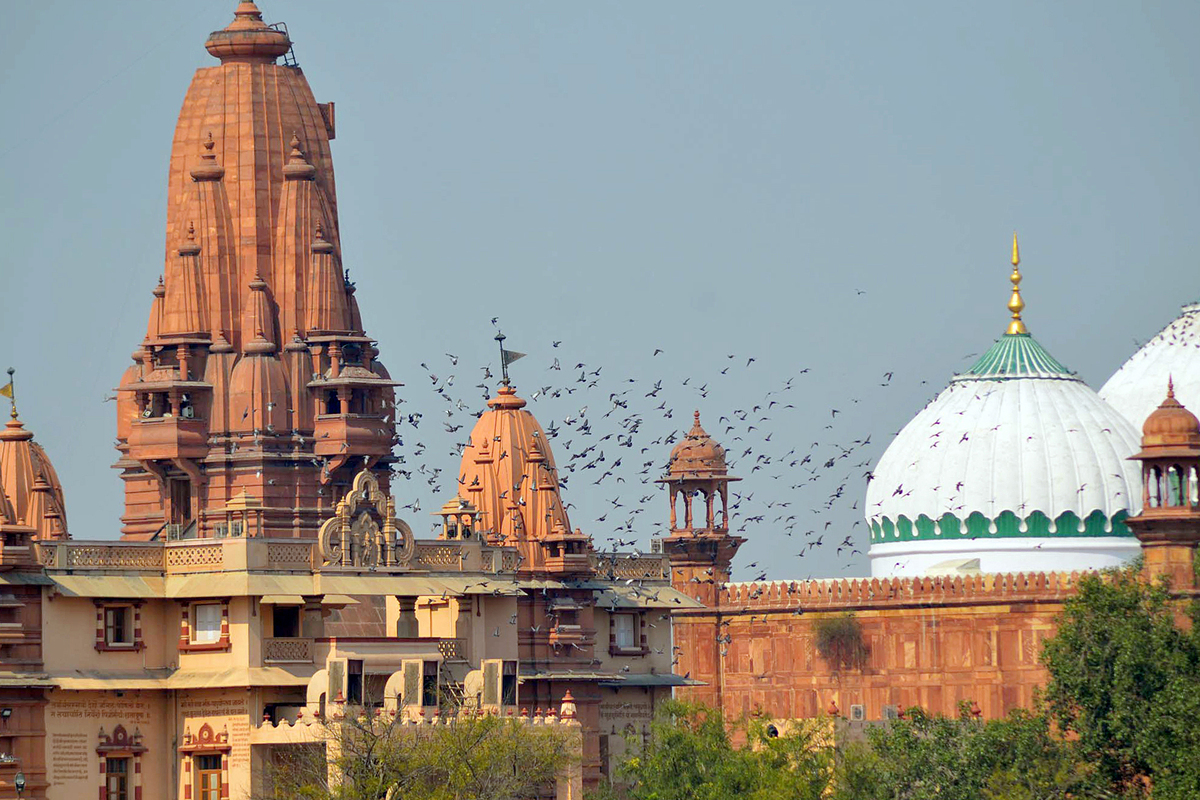The Archaeological Survey of India (ASI) report on the Gyanvapi mosque in Varanasi was made public on Thursday by the lawyers of Hindu petitioners. The report was shared with both Hindu and Muslim petitioners on orders of a Varanasi court.
The report concluded that based on the scientific studies carried out in the Gyanvapi complex, it can be said that there existed a Hindu temple prior to construction of the existing structure.
Advertisement
“During the survey, a number of inscriptions were noticed on the existing and pre-existing structures. A total of 34 inscriptions were recorded during the present survey and 32 estampages were taken. These are, in fact, inscriptions on the stones of the pre-existing Hindu temples, which have been re-used during the construction/ repair of the existing structure.
Advertisement
“They include inscriptions in Devanagari, Grantha, Telugu and Kannada scripts. Reuse of earlier inscriptions in the structure, suggest that the earlier structures were destroyed and their parts were reused in construction/repair of the existing structure. Three names of deities such as Janardhana, Rudra, and Umēśvara are found in these inscriptions,” the ASI survey report stated.
It further said, “Existing architectural remains, decorated mouldings on the walls, karna-ratha and prati-ratha of central chamber, a large decorated entrance gate with torana on the eastern wall of the western chamber, a small entrance with mutilated image on lalat bimba, birds and animals carved for decoration in and outside suggest that the western wall is remaining part of a Hindu temple. Based on art and architecture, this pre-existing structure can be identified as a Hindu temple.”
The ASI survey report said that the Arabic-Persian inscription inside a room mentioned the mosque was built in the 20th regnal year of Aurangzeb and it was during the Mughal ruler’s reign the pre-existing temple was destroyed.
“The Arabic-Persian inscription found inside a room mentions that the mosque was built in the 20th regnal year of Aurangzeb (1676-77 CE). Hence, the pre-existing structure appears to have been destroyed in the 17th century, during the reign of Aurangzeb, and part of it was modified and reused in the existing structure,” it added.
Advertisement











